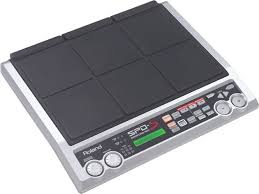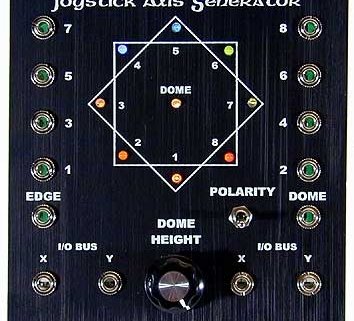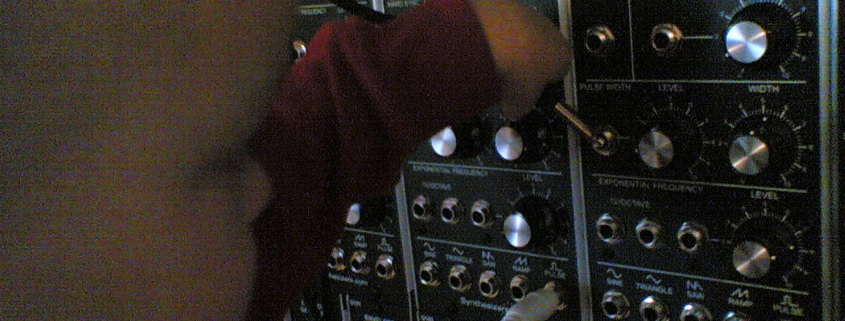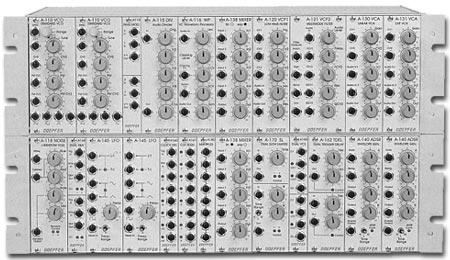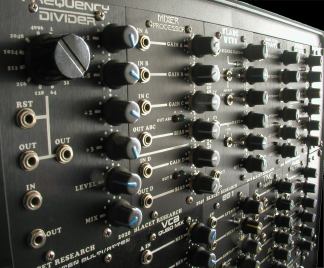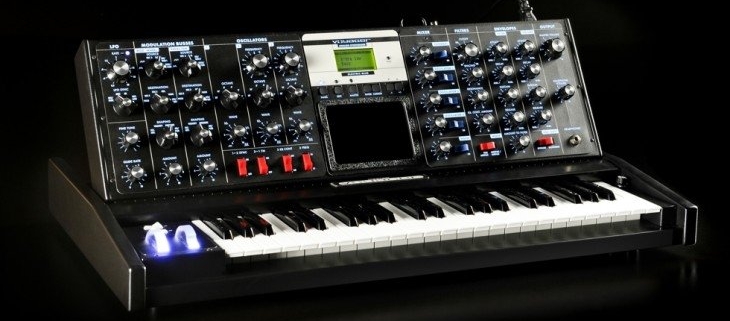I set out to get a decent audio interface, and this is it. Plenty of ins and outs, and solid as a rock.
The way this works, as opposed to an analog mixer, is this: when the analog mixer sums all, say, 12 inputs to a stereo pair (= two outputs), these are then sent to the computer’s left and right input channels (seen by the DAW as left and right, respectively), this one sends each input as a different output to the DAW software. So with a standard analog mixer I can only record one instrument at a time onto one stereo track, as mixing several synths in the mixer together wold result in several synths ending up on one and the same track, which is undesirable. The FireFace publishes all channels as individual audio ports to the DAW, meaning I can simultaneously record all my synths so that they end up on different tracks in the DAW. Moreover, I can have realtime effects on these tracks and monitor each synth live on its own track.
Wow.
Insanely flexible routing with hte accompanying mixer software. I stopped using the Yamaha when I got this. Highly recommended.
Got another one later as well…


